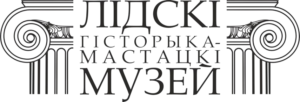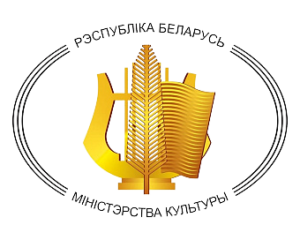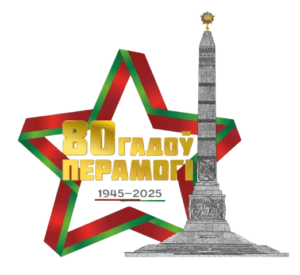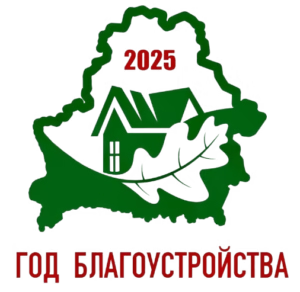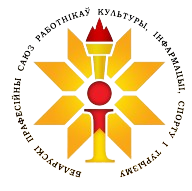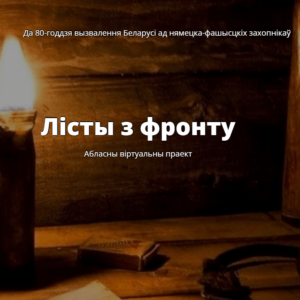Language you left from your ancestors? We invite “To school to the aunt”!
“To school to Tetka” – this is how the museum-educational program developed by the Lida Historical and Art Museum sounds. It should be noted that this program is envisaged by the regional cultural and educational project “Belarus is my language and song”.
A number of questions arise: what can be of interest to this project? What will be included in its composition?
Initially, it should be emphasized that it is designed for the entire year 2017, and, at the same time, for an uneven audience (students of secondary schools of the city and district, students of colleges, as well as of the adult population of Lidchin).
This cultural and educational project will give impetus to the realization of a large number of events of different forms and content aimed at promoting the Belarusian language and literature, national culture, history, customs and traditions. “Belarus – my tongue and a song” – the seven programs that will be directly involved SE “Lida History and Art Museum,” GU “Lida regional center of culture and folk art,” GU “Palace of culture of the city of Lida,” GUK “Lida district Yanka Kupala Library “,” Lida Variety Orchestra “, State Institution” Berezovsky City House of Culture “, children’s art schools and children’s art schools of the city and district.
As for the museum-education program “to school with her aunt,” which is designed for the entire current year, it contains a separate thematic sessions, again directed the same to the popularization of the Belarusian language and literature, traditions, national values, the historical past of our region. Why is the program’s name “Go to school to Auntie”?
The answer is very simple. The idea to organize it arose during the preparation for the opening of the exhibition “The Lira lives again!”, Timed to the 140th anniversary of the birth of Belarusian writer-countrywoman Aloze Pashkevich, known under the pseudonym Tetka. The story tells that in 1912 in Vilnius, Vilejka-Nova, Lida, Auntie organized secret Belarusian schools.
A few years later, namely, November 13, 1915, through the efforts of a Catholic priest Boleslaw Pachopki and writer Alois Pashkevich, the capital of the former Grand Duchy of Lithuania – Vilnius on St. George Street, the first permanent Belarusian school was established. It was she who initiated the mass education of children in the Belarusian language. In a year, there were already five Belarusian primary schools. They were in Lida, Grodno, Krynka and other settlements. Due to the shortage of Belarusian teachers, the personnel question was very acute. That is why, together with the first Belarusian school in Vilnius and began first as a teacher kursy.Tak Alois Pashkevich left for us, the descendants, a significant literary and pedagogical heritage, the museum staff decided to continue this tradition in our time. Moreover, in the literary department, immediately from the entrance meets the aunt’s bust, the author of which is the famous Belarusian sculptor Andrei Zaspitsky. In addition, the exhibition contains pictures, interesting information about the life and work of our countrywoman.
In carrying out the disclosure and such studies will serve as a so-called living-authentic items from both the fund and from the exhibitions, which are located exactly at Leeds Historical Museum of Art and its literary department (House V.Tavlaya) Castle Street, 7., To make classes more interesting guests will be invited – bards, poets, local historians, as well as teachers and scientists, people of different age categories.
Materials for the organization of classes are numerous textbooks and methodological tips for school education, books on Belarusian folklore and regional studies, and much more. “The history of the first Belarusian school in Lida” – so sounds the first lesson that has already passed in the house of Tavlaya. Two teams (students of the 6th grade of the school № 11) became the main participants. Both for them and for the audience (teachers, representatives of cultural institutions of the city and district, writers and artists) lesson in the form of quizzes, in which in addition to topical questions and answers used in audio, video, and music and poetry zarisovki.Pervaya swallow already departed from House-Museum of Valentina Tavlaya. Each month during the year, it will collect a large number of its students who will pick up important moments for themselves, sometimes necessary for learning and studying reality.
